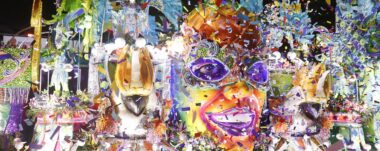PRESERVING THE HISTORY
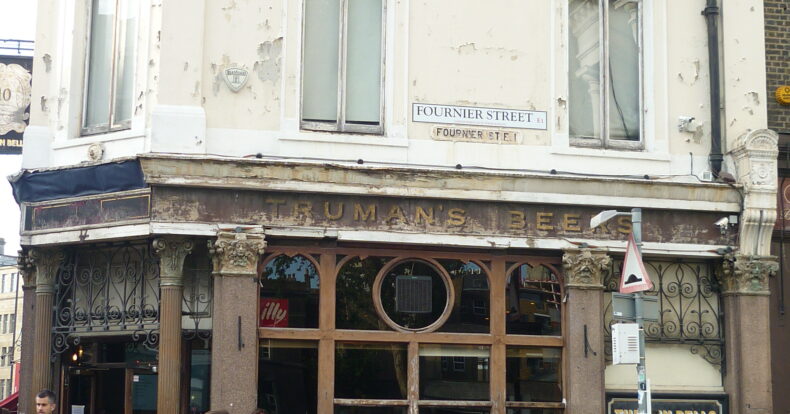
CONSERVANDO LA HISTORIA
One of the main reasons why people visit other countries is to experience their history through their buildings, monuments, art, spaces, artifacts, streets, and even the scents.
When I had the opportunity to go to London in 2010, I was able to enjoy the past through all those places that the British government has managed to preserve almost intact over the centuries, with some restoration so that we can all continue to appreciate the innate beauty that has fascinated society for many, many years.
Something I really loved was doing the Jack The Ripper walking tour. Among all the places we visited was the historic pub called Ten Bells. For over 250 years it is world famous and has been frequented by Annie Chapman and Mary Jane Kelly, and even Jack the Ripper himself.
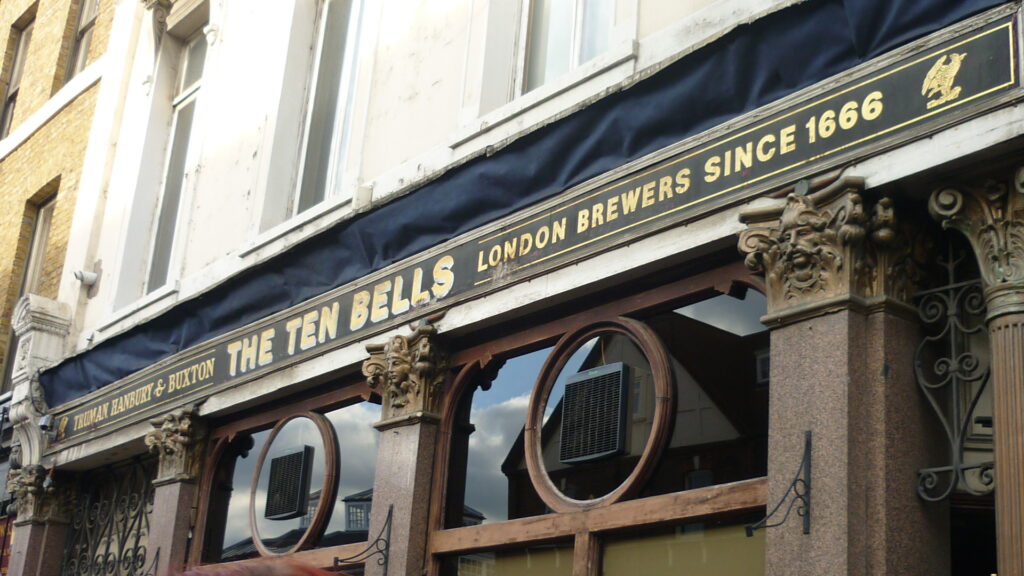
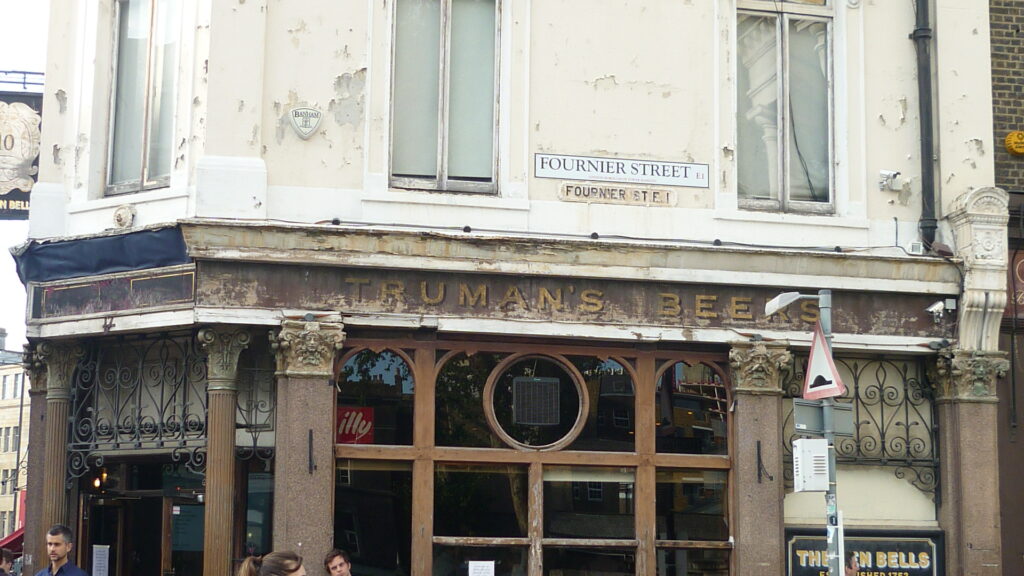
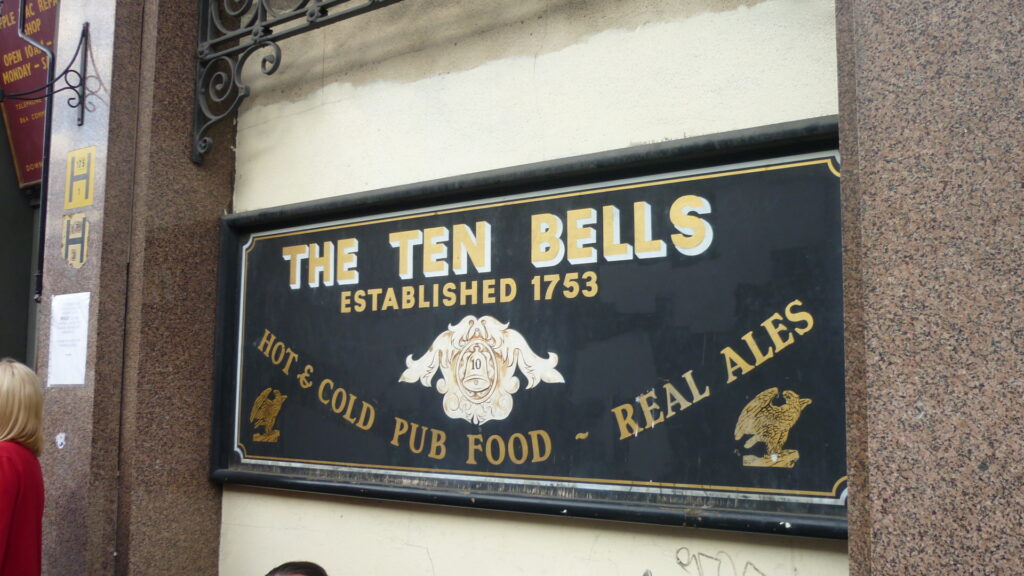
PRESERVING THE HISTORY
The place has been preserved almost unscathed for centuries (especially in its interior) and its external appearance also maintains the ancient air that makes it unique. That is precisely the beauty and value of an architectural jewel: that it be kept as original as possible.
One of the main attractions of this pub is its sign and logo, which has been preserved for many years and identifies Ten Bells, precisely, as a historic diamond. The word “logo” is defined as images, texts, shapes or a combination of the three that represent the name and purpose of a business. But a logo can and should be more than a symbol of identification. If it is well designed, it also tells the story of a company. In fact, it helps convey the brand message in a way that helps establish an emotional connection with your target audience.
The National Theater of Costa Rica was declared a national monument in 1965, and received the declaration of “National Symbol of Architectural Historical Heritage and Cultural Freedom” on February 5, 2018. Among its institutional policies are:
Strengthen the conservation of the Main Building of the National Theater of Costa Rica, which is a National Historic Heritage Site and one of the most important architectural works in the country.
One of its institutional goals is:
Preserving history by fully preserving the infrastructure and ensuring the best conditions of the National Theater of Costa Rica for the maximum delight of national and international audiences.

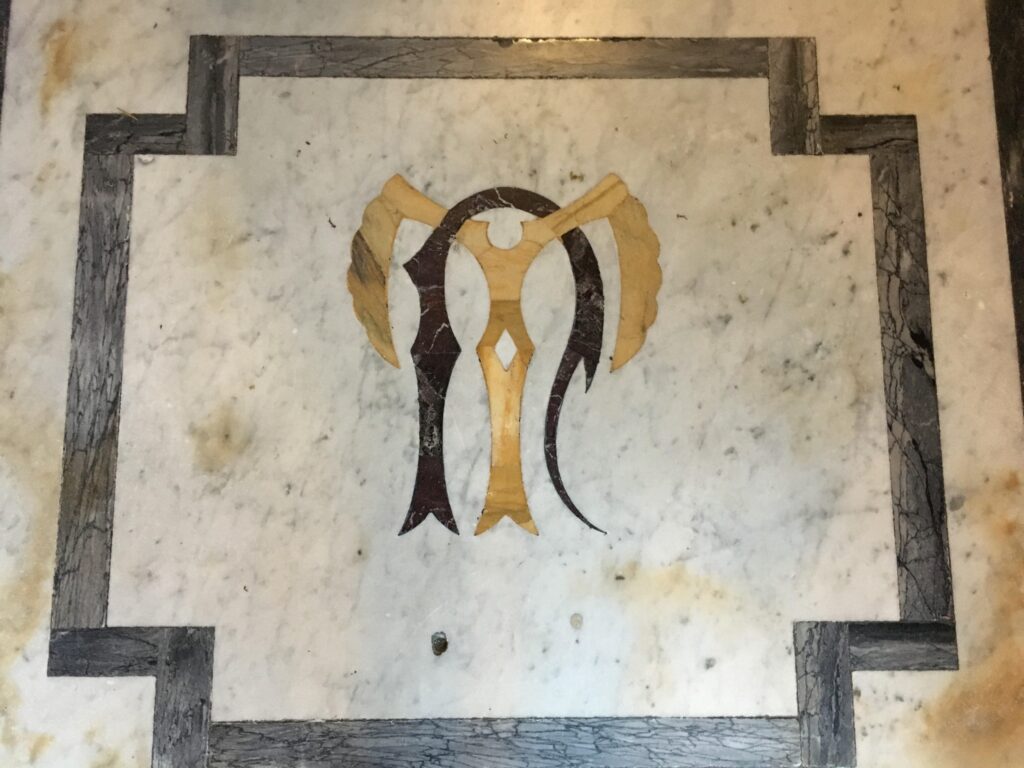

You will agree with me that a fundamental part of a business, premises, building or institution is the name and logo with which it has been identified since its beginnings and which contains the essence of its main objective and values for which it was created.
The logo of the National Theater of Costa Rica was created 127 years ago and has been one of the few that denotes true art, elegance, class and beauty. It was based on the monogram found on the marble floor of the theater’s lobby. However, the government of the Republic decided that they now have to use the same logo for all institutions in their social networks:
According to the official communiqué, graphic communications on social networks of government institutions follow the guidelines of each administration.
But, you know what (as our president said): there are things that must remain the same and there is no need to change them. What is not broken, why put it back together again? There are things in this life that should not be touched. It is as simple as that.
I fully understand the discomfort of many Costa Ricans, so I join them. And another important thing that perhaps the government of the Republic itself has not analyzed with this change in the social networks of state institutions, and specifically this particular case of the National Theater: NOT only those of us who live in Costa Rica see the social networks, but many other citizens of the world. And I honestly tell you: if I were a foreigner, I visit the Facebook page of the National Theater of Costa Rica to see how interesting it would be to meet it in person and I see that logo so insipid and lifeless, I would be left with a bad taste in my mouth or I would simply look for another place that calls my attention more.
It is not a myth: everything enters through the eyes! That’s why countries like England receive millions of tourists a year; both their government and citizens value, appreciate, preserve and love their history… and the world can be part of it by appreciating what they have kept unchanged.
Navigate articles






